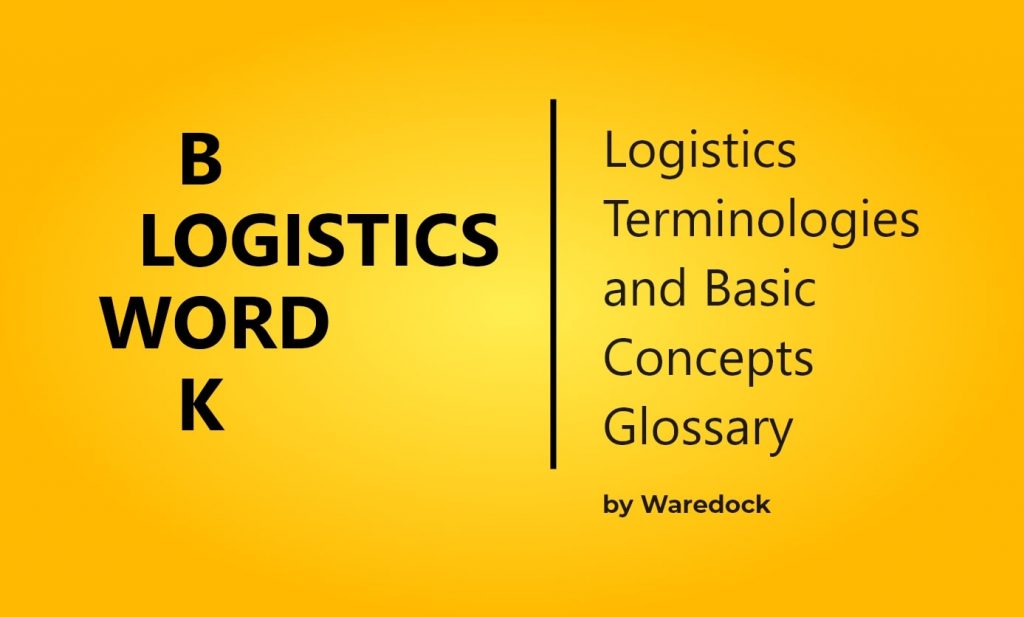Sub-optimization in logistics occurs when a specific area of the logistics operation is optimized at the expense of the overall logistics system. This can happen when one area of the logistics system, such as transportation or warehousing, is optimized without considering the impact on other areas of the system.
For example, if a company optimizes its transportation system by using a low-cost carrier, it may result in longer transit times and higher inventory carrying costs, which could lead to stockouts and lost sales. This is an example of sub-optimization because the transportation system was optimized without considering the impact on inventory and sales.
Similarly, if a company optimizes its warehouse operations by reducing inventory levels, it may result in stockouts and lost sales, which could offset any cost savings achieved through inventory reduction. This is also an example of sub-optimization because the warehouse operations were optimized without considering the impact on inventory and sales.
Sub-optimization can occur in any area of the logistics system, including transportation, warehousing, inventory management, and order fulfillment. To avoid sub-optimization, it is important to take a holistic approach to logistics optimization and consider the impact of changes in one area of the system on other areas. This requires collaboration and communication across different functional areas of the organization, as well as a deep understanding of the end-to-end logistics system.
Sub-optimization in transportation
Sub-optimization in transportation is a common problem in logistics, occurring when a specific aspect of transportation is optimized at the expense of the overall transportation system. For example, a company may choose to optimize transportation costs by using a low-cost carrier, without considering the impact on delivery times, inventory levels, or customer service levels. This narrow focus on cost reduction can lead to a range of problems that ultimately affect the performance of the entire logistics system.
One of the primary risks of sub-optimization in transportation is a reduction in service levels. By choosing a low-cost carrier, a company may sacrifice delivery speed or reliability, which can have a negative impact on customer satisfaction and retention. For example, if a company consistently delivers products late or fails to deliver them at all, customers may choose to take their business elsewhere, leading to lost sales and revenue. Similarly, if a company chooses carriers based solely on cost, it may have limited options when it comes to routing or mode of transportation, which can result in longer transit times, increased handling, and a higher risk of damage or loss.
Sub-optimization in transportation can also lead to higher inventory carrying costs. When delivery times are longer or less reliable, companies may need to keep higher levels of inventory to ensure they have enough product on hand to meet customer demand. This can increase inventory carrying costs, which can erode the cost savings achieved through the use of a low-cost carrier. Additionally, longer transit times or delays can result in stockouts, which can lead to lost sales and revenue.
Finally, sub-optimization in transportation can also increase the risk of disruptions and delays in the supply chain. For example, if a company relies heavily on a single carrier, it may be vulnerable to disruptions such as labor strikes, natural disasters, or equipment failures. This can result in delays or even complete shutdowns of the transportation system, which can have a ripple effect throughout the entire logistics system.
To avoid sub-optimization in transportation, companies should take a holistic approach to logistics optimization that considers the impact of transportation decisions on the entire logistics system. This requires collaboration and communication across different functional areas of the organization, as well as a deep understanding of the end-to-end logistics system. By considering a range of factors, including service levels, inventory costs, and supply chain risk, companies can make more informed decisions about transportation that support the overall performance of the logistics system.
Sub-optimization in warehousing
Sub-optimization in warehousing is a common issue that occurs when a specific aspect of warehousing is optimized at the expense of the overall warehousing system. This can happen when a company focuses solely on reducing inventory levels without considering the impact on customer service levels, order fulfillment times, or supply chain costs. By optimizing one area of the warehouse operations, a company may inadvertently create problems that affect the overall performance of the logistics system.
One of the primary risks of sub-optimization in warehousing is a reduction in customer service levels. If a company reduces inventory levels too much, it may not have enough product on hand to meet customer demand, resulting in stockouts and delayed deliveries. This can lead to dissatisfied customers and lost sales. Additionally, if a company focuses solely on reducing inventory levels, it may overlook the need for other warehousing services, such as product labeling or packaging, which can also impact customer satisfaction levels.
Sub-optimization in warehousing can also result in higher transportation costs. If a company reduces inventory levels too much, it may need to order more frequently, resulting in smaller order quantities and higher transportation costs. Additionally, if a company focuses solely on reducing warehousing costs, it may overlook opportunities to improve the efficiency of transportation operations, resulting in higher transportation costs and longer delivery times.
To avoid sub-optimization in warehousing, companies should take a holistic approach to logistics optimization that considers the impact of warehousing decisions on the entire logistics system. This requires collaboration and communication across different functional areas of the organization, as well as a deep understanding of the end-to-end logistics system. By considering a range of factors, including customer service levels, order fulfillment times, transportation costs, and warehousing costs, companies can make more informed decisions about warehousing that support the overall performance of the logistics system.

